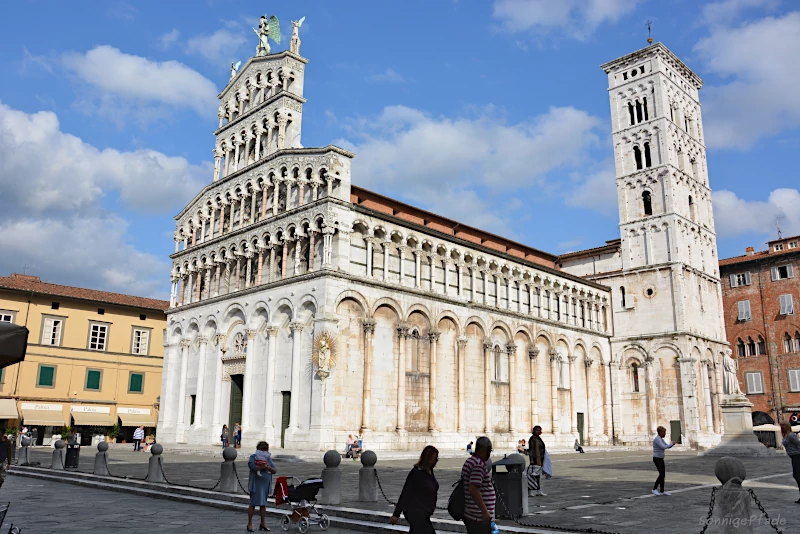
Along with Florence and Pisa, Lucca is the third of the important Renaissance cities in the central Italian province of Tuscany. Visitors will perceive Lucca as a very fortified city, surrounded by thick walls. But inside the ring of walls lies a firmly established compact urban structure, the basic features of which have been established since its foundation by the Romans. If the alleys are too narrow for you, you can also walk around Lucca on a promenade path on the wall and gain a variety of insights into the city center from above.
Silk and color – Lucca’s wealth rests on crafts and trade
A changeful city history
The city of Lucca was for a long time a plaything of various powers, although it was able to establish itself as a city republic alongside Venice and Genoa from 1369 onwards, and basically preserved this form until the end of the 18th century. Lucca was founded by the Romans like so many of the Italian cities, originally like Pisa around 180 BC as an army camp to subjugate the Apuans.
And then the rulers who counted Lucca among their sphere of influence changed over the centuries: „occupied, sold, mortgaged, ceded, again occupied, sold, surrendered, liberated…“ are the paraphrases for the power relations in Lucca, actually constantly until the foundation of the unitary state of Italy.
This seemed to make relatively little difference to Lucca’s economic power – merchants, traders and craftsmen contributed to a flourishing urban development. A special epoch for Lucca was the 13th century, when silk production in the city and the subsequent dyeing industry flourished. Nowhere in Europe was silk as bright, as colorful as in Lucca – and correspondingly in demand throughout the continent. But political unrest made the silk dyers fear for their tradition and their wealth, and so many of them fled to Venice. There they were welcomed with open arms. Although Lucca’s guild laws forbade silk weavers and dyers to work outside the city, many of them gladly accepted Venice’s settlement grant and settled permanently in the lagoon city.
The ring of walls of Lucca
Thick, fortress-like walls surround the historic city center and are now one of Lucca’s attractions. Access was originally granted by only four gates, but two smaller passages have since been added. These walls were built from 1504 to 1645 – and never used for defensive purposes. In front of them are spacious green areas that many Luccans visit in their free time, to play, rest, read, sunbathe,…

If you come as a visitor through the mighty gates of the city wall, it is much closer. Apparently, everyone has moved close together to build the high and yet very handsome houses of the old town of Lucca. There are no big streets – that’s why even today there are only a few cars of residents or craftsmen who have to do business in the city. Often there are even only narrow, ravine-like alleys that allow passage between the houses. Consequently, in many places the sunlight reaches the ground only in midsummer and it is much cooler than in the surrounding areas. A difference is made by the spacious squares, such as Piazza Duomo or Piazza San Michele, which allow a more generous view of everyday life in Lucca.
No wonder, then, that in addition to the squares, the wide ring – promenade on the wall is also a popular place to stroll, liberated and enlightened. Who wants to walk once around Lucca’s old center needs about 1 hour – the walkway over the city wall measures about 4 km in length.
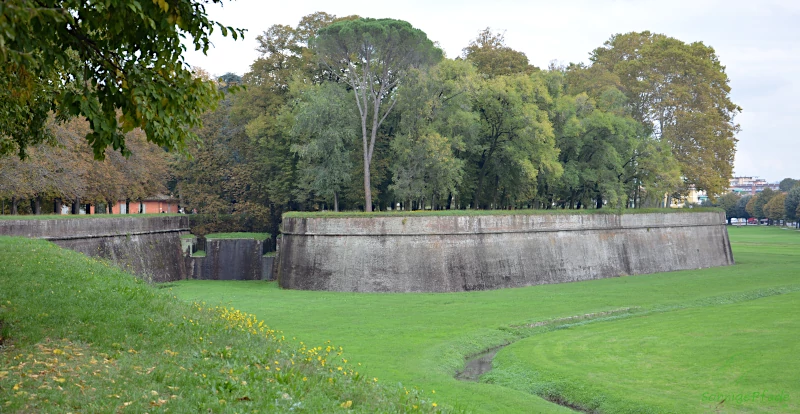
The Cathedral of San Martino
From the promenade you can also get a first glimpse of the Cathedral of San Martino, which stands in Piazza del Duomo close to the southern edge of Lucca’s old town. This is the cathedral of the Archbishopric of Lucca. Unlike most other churches, the Cathedral of San Martino was started with a west façade as the first component. This is also structurally separated from the nave to this day. The construction of the Cathedral of San Martino began in 1196 and lasted until 1204. A significant detail is one of the altarpieces. „The Last Supper“ was created by Jacobo Tintoretto. Also not common is a so-called „finger labyrinth“ with a diameter of about 50cm on a wall, which is estimated to the end of the 12th century.
When in 1405 the wife of Paolo Guinigi died, he donated to his wife Ilaria del Carretto a tomb in the cathedral, which is now considered one of the great works of Italian sculpture. In a „tempietto“ the wooden cross Volto Santo, Holy Face is kept. This is carried every year on September 13 in a large candlelight procession through Lucca.
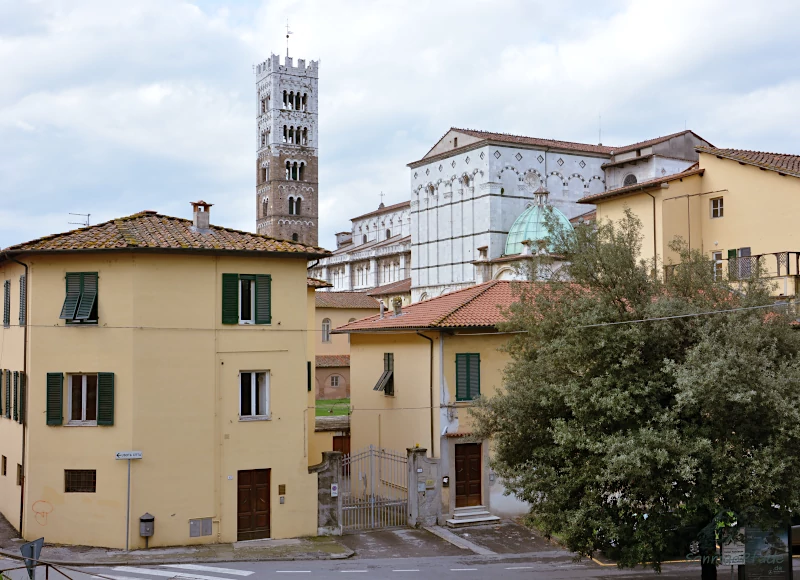
San Michele at the Roman Forum
Another impressive church in Lucca is San Michele in Foro at the Piazza San Michele, the old Roman forum (market place). It stands openly in the northeast part of the piazza, so that all visible exterior walls could be richly decorated. This church was probably built mainly in the 12th century, for the facade design was then left until the 13th century.
Of course, visitors to the sight are first and foremost struck by the figure of St. Michael the Archangel, which closes the gable of the west facade to the sky. The south side of the church was designed with open arches, above which a so-called dwarf gallery continues the column band of the west facade. This was an innovation in Tuscan architecture at the time and ensured that this side of the nave to the large open space of the square also appeared in attractive splendor. In 1479/80, after the end of the plague in Lucca, the „Madonna and Child“ Madonna Salutis Portus was created by Matteo Civitali, the figure can be seen on the southwest corner of the church. Matteo Civitali was a painter and sculptor of the Renaissance in Lucca in the 15th century.
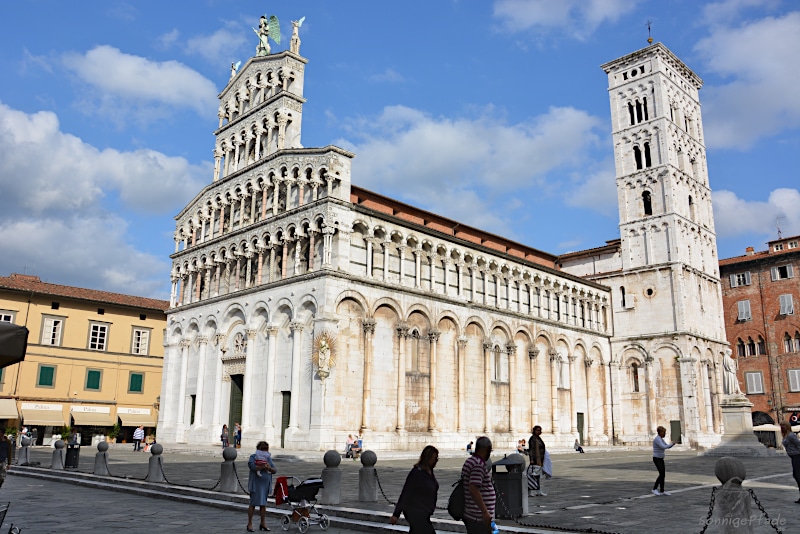
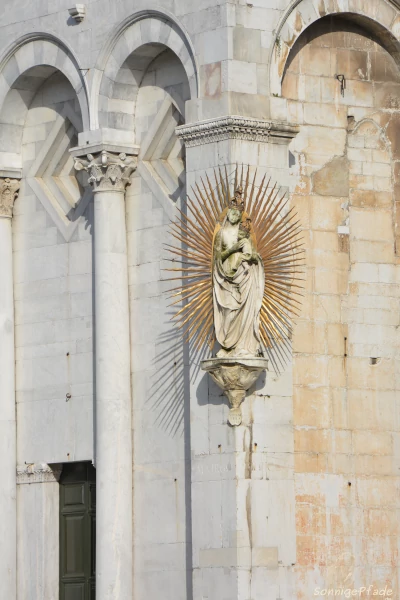
Two striking towers – the „skyline“ of Lucca
If you walk through the alleys and squares of Lucca and admire the houses and palazzi steeped in history, you will eventually notice two towers. One of them is the Clock Tower, which has been standing there since the 13th century and is, so to speak, part of Lucca’s skyline.
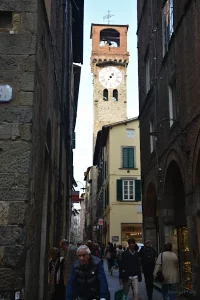
The second tower is particularly striking because it is crowned by several green-leaved holm oaks and would therefore be classified as futuristic eco-architecture. This was built as a so-called „dynasty tower„, as there were many in Lucca and other Italian cities in the 14th century. Lucca alone is said to have had up to 250 towers at that time! Almost all of them were shortened or completely demolished in the 16th century.
As I understand it, the Dynasty towers served as a kind of castle or keep for the family dynasties, to have a retreat in troubled times. Who sat in there then above or below, is still not quite clear to me… In any case, the said in Lucca is the Guinigi – Tower, which belonged to the already mentioned influential Guinigi family. This attraction is walkable – at least for those who are good on foot and not very afraid of heights. 230 steps lead to the top platform at a height of 44.25 meters.
From the Guinigi Tower, between the holm oaks, there is a good view over Lucca and the adjacent mountain ranges. (Access from via Sant’Andrea 45) The Guinigi family even owned two palazzi which can be visited (from 9:30 to 19:30 in summer, shorter hours in the other months). The planting with holm oaks seems to have been done even centuries ago. On a sketch from the 15th century of the city view of Lucca, one of the towers with trees can be seen.
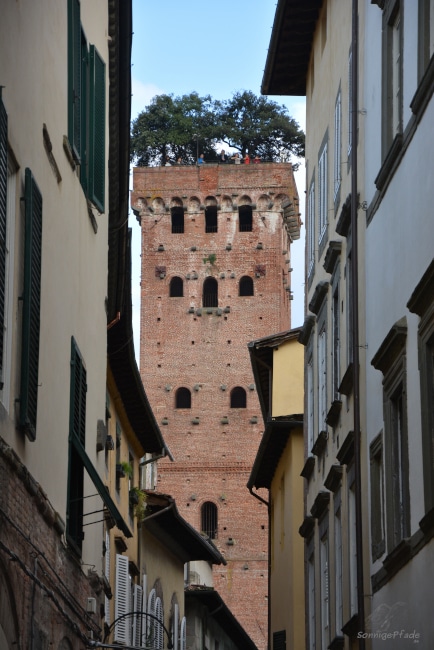
If you walk longer in the narrow streets of Lucca, you will eventually come across a rather oval square. This is the Piazza Anfiteatro. Here was already in the 2nd century a Roman amphitheater. The size of the amphitheater can be seen in the dimensions of the square. On the north side you can still find some of the typical Roman ashlar blocks.
Italian Opera – Birthplace of Giacomo Puccini in Lucca
Lucca is also popular for its beautiful stores and cafes, which invite you to stroll and linger. In terms of museums, the city can not compete with Pisa or even Florence. But if you are an opera lover and interested in music, then the way to Corte San Lorenzo 9 is worthwhile – there is the birthplace of Giacomo Puccini, who was born in Lucca in 1858 as the son of a family of musicians. His most famous works are well known Tosca, La Boheme and Madame Butterfly. In the Puccini birthplace there is a museum and the artist sits, comfortably smoking and enjoying his „cheerful Lucca„, at the square in front of it. www.puccinimuseum.it
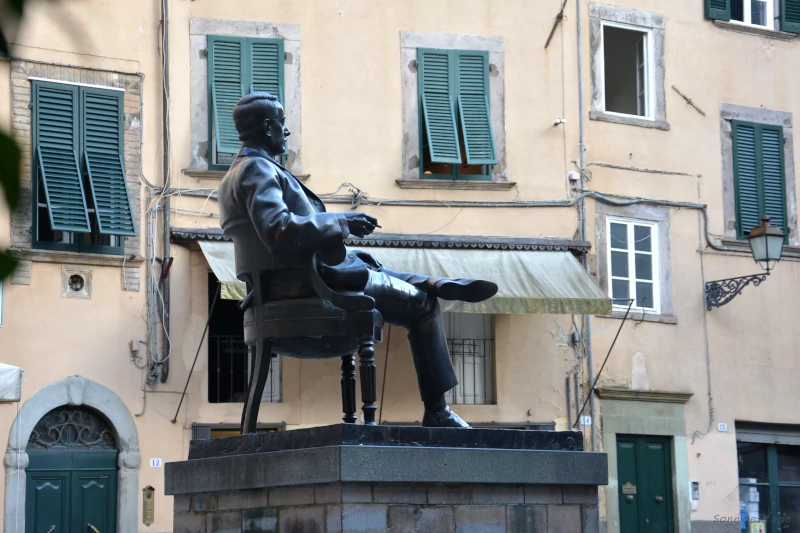
[Contains *advertising!]
Travel tips for Lucca in Tuscany
How to get to Lucca
By plane you can reach Lucca via Pisa airport, which is the most important air traffic hub for Tuscany. From there you can continue your journey to Lucca by train. Pisa is also served from some European regions by low-cost airlines such as easyjet*.
I see Lucca mainly as a day trip from Pisa, easily organized by regional train. So, take up quarters for a few days in Pisa, enjoy the sights there, and commute to Lucca on a day or two. Because Lucca is only about 20 km away from Pisa. And you can get on the regional train either at Stazione Pisa Centrale or Pisa S. Rossore (very close to the Leaning Tower) – it works both ways!
In Lucca, you arrive by train right at the city walls. So, leave the station, walk a few meters to the left along the wall and then go through the gate into the old town.
This is how the train arrival is already described: From Florence, the arrival hub for Tuscany by train via Pisa (probably with a change) to Lucca. With the long-distance bus* within Europe you also arrive in Florence and then continue as described in the sentence before.
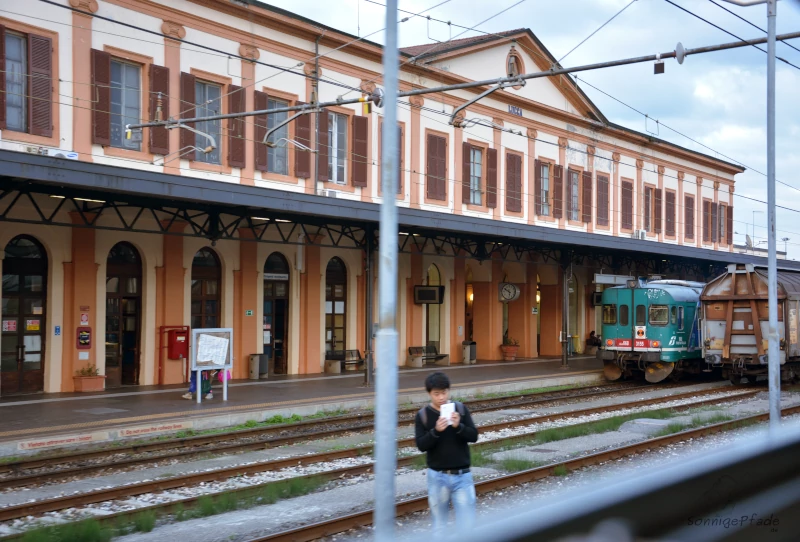
With your own car, a rental car* or a camper van* you can reach Lucca via the highway A12 (from Turin, Genoa, Viareggio to Livorno and Rome). From the A12, the A11 branches off eastward in two spans (the one from the north at Viareggio) and passes directly by Lucca. The city center is car-free inside the walls (except for a few residents with entry permits), so you’ll need a parking space further out.
The weather in Lucca
The weather in Lucca for the week is shown in the small overview on the right.
Lucca Tourist information, tours and offers
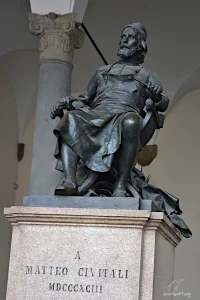
The Tourist information office of Lucca you can find at Piazza Santa Maria 35.
You can book online* your 2 hours guided walking city tour in the historic centre of Lucca, the meeting point is at the tourist office at the Vecchia Porta S. Donato, Piazzale Giuseppe Verdi. The city tour is Wheelchair accessible.
If you want discover the Chianti wine region and taste the regional wines, you can take part at a 4 hours Chianti Wine tasting tour from Lucca. The tour starts in your hotel (if agreed). Book your wine tour online* here!
Lucca from above – a round trip in a hot-air balloon* is the most exalted Lucca experience ever! The balloon ride over Tuscany lasts one hour.
The cliffside villages of the Cinque Terre cling picturesquely between cliffs on the Ligurian coast. From Lucca you can experience and explore the Cinque Terre on a tour by minibus*. About 9-10 hours lasts the small journey in the trip, so that in all villages time remains for a small stroll and the exploration.
You want to explore Lucca by bike? Or even ride through the city with a friend on a tandem? You can book a bike for one, three or even 24 hours online here*, a tandem here*.
Cycling is too tedious for you? In Lucca it’s also stylish with a Vespa or another small scooter*. Of course you can also ride it out into the mountains and olive groves. A driver’s license is a requirement.
Accommodation in Lucca
Of course you can also stay in Lucca (and then maybe commute to Pisa by train for a day 🙂 ) Sometimes this option even seems to be the better one, especially since the Lucca hotels outside the city walls usually offer parking for free. In Pisa, the parking options are more like parking garages with fees of 30€ per day….
budget – accommodations
The cheapest accommodation for budget – travelers directly in Lucca offers Villa Sunrise* with single and double rooms, breakfast is included. Single rooms are available from 35€ per person, double rooms from 50€, so 25€ per person. The rooms have private bathrooms and WC’s. It is about 1.5km to the attractions of Lucca.
„Further out“ awaits the Ostello La Salana* guests with price consciousness 😉 For the night in the dormitory – bed (with 6 people) are charged 22-25€. 4 – to 6 – bed private rooms with shared bathroom cost from 85€ or from 105€ including breakfast. The reception is open for check-in daily from 15-23h. From the Ostello la Salana, however, it is about 7 km to the sights of Lucca.
Also still quite cheap with double occupancy of a double room is the guest house Stella* Here the private single rooms cost from 58€, double rooms are available from 78€ per night. However, breakfast is not included, a bakery in the neighborhood is recommended. Tea and coffee are available, otherwise a self-catering – kitchen can be used. The Stella guesthouse is a restored town house. The nearest gateway to the old town of Lucca and the main attractions of the city is reached after a few hundred meters.
Simple and medium hotels in Lucca
Simple, somewhat „old-fashioned“ hotel accommodation outside the walls of Lucca is offered by Hotel Melecchi*, in the style of old family-run hotels. Rest from the exhausting city walk is possible on the terrace of the house. A bar is also part of the hotel. For those arriving by car – free parking is available in the courtyard.
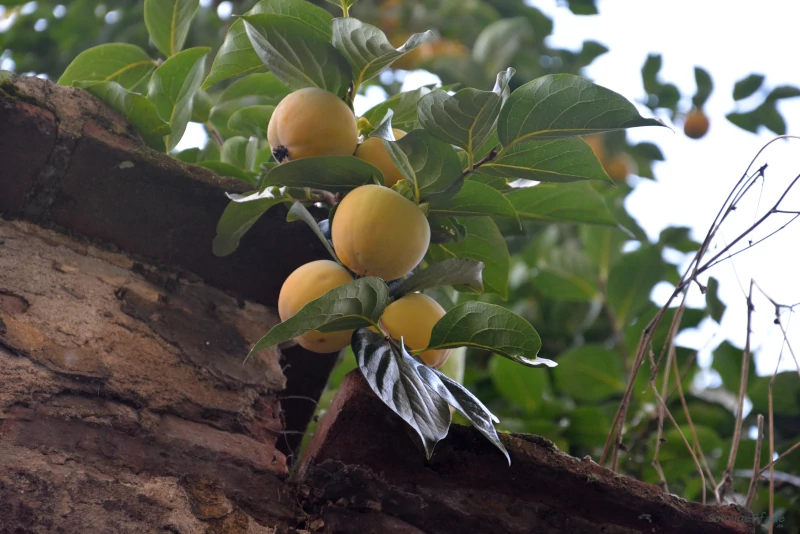
If you want to be right in the middle of it all – that is, within the city walls of Lucca, you might be looking forward to a nice stay at the Albergo San Martino. As the name suggests, the Albergo San Martino* is located very close to the cathedral. Pets are allowed in this establishment. Parking can be arranged nearby for a fee, if necessary. There are also family rooms.
Just 500 yards outside the city walls, you’ll find the Hotel San Marco* and its amenities. If even the short walk to Porto San Jacobo is still too far, you can rent bicycles at the hotel for exploring Lucca. You can relax in the outdoor pool or on the loungers on the terrace and in the garden. The hotel is (partially) handicapped accessible — there’s an elevator, and some rooms have wheelchair-accessible entrances, extra-low sinks, and grab bars in the bathroom. Handicapped parking is also close to the hotel. Families with young children are welcome at Hotel San Marco! There are in-house buggies, board games, and intermittent baby and child care available for a fee. Parking is available nearby, and there’s also a charging station for e-cars.
Don’t be confused. Hotel San Marco Holidays* is on the same street, has almost the same name, and is a similar distance from the city walls. There’s also an outdoor pool at this hotel for refreshment on hot days. Here you can cook your own soup, because the apartments have kitchen facilities. Hotel SM Holidays has family rooms, but is not handicapped accessible. Parking is available on the street free of charge.
Lucca at its best – the finest hotels in town
****Hotel Palazzo Dipinto is located in the old town of Lucca within the city walls and offers single as well as double rooms, some of which can be extended to a family room if required. So really „in the middle of it all“! The hotel is handicapped accessible. A rich breakfast is offered. Special dining needs for health or religious reasons can be met by arrangement. There is also a snack bar in the house. Secured parking in a parking garage can be used for a fee. Hotel Palazzo Dipinto arranges various activities in Lucca such as cooking classes, bike and foot tours, motto and dinner evenings, etc.
In a historic old town house within the city walls of Lucca, the ****Hotel Alla Corte degli Angeli awaits its guests. In this hotel there are different rooms from double rooms to family suites with two bedrooms. Frescoes on the walls, wooden beams – ceilings and all kinds of original components let your journey back in time begin already in the accommodation. The Torre Guinigi in the heart of Lucca is about 300 meters away on foot. Pets are allowed in this hotel. Parking spaces can be booked for a fee.
The ****Hotel Palazzo Alexander is also located within the city walls in a historic old town house. Room options from single rooms to family rooms for 4+ guests are offered. The rooms have solid old wooden floors and marble – bathrooms. It is about 600m walk to Guinigi – Tower or San Martino Cathedral. Various leisure activities such as guided tours of Lucca, bike tours, horseback riding, gallery visits, etc. can be arranged for a fee. Hotel Palazzo Alexander can offer paid parking including entry permit to the old town of Lucca.
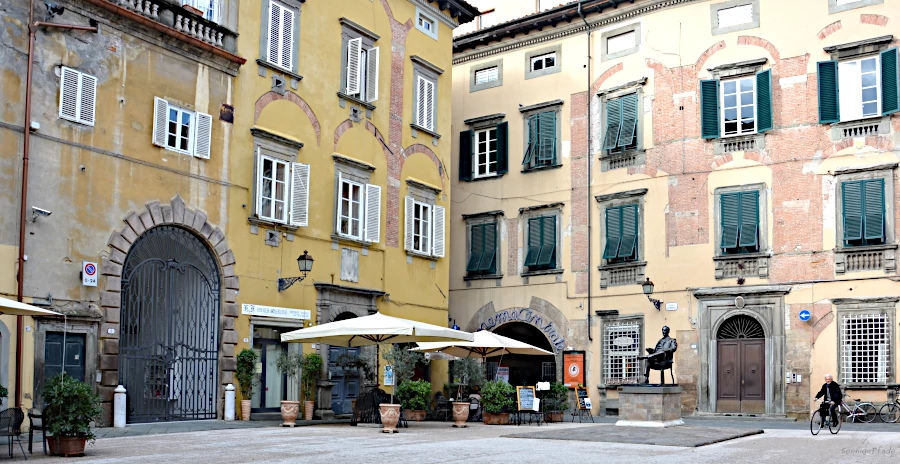
About 5km outside Lucca, the ****Hotel Albergo Villa Marta* offers double rooms in an old hunting lodge set against the backdrop of the Monti Pisani. Family rooms may also be available. The hotel has a spacious Renaissance garden and grounds with outdoor pool, terrace and garden furniture for use in the warmer months. Besides Lucca, the city of Pisa is also easily reachable from the Hotel Villa Marta (about 12km). Some rooms are wheelchair accessible. Free parking is available at the accommodation, also suitable for disabled guests.
If you prefer to stay in a quiet area far away from the hotel and explore the beautiful countryside and towns of Tuscany, you should take a look at *****Hotel Villa Casanova! This is housed in an old farmhouse from the 18th century and is located about 9km outside Lucca and offers spacious double rooms (some of which can be extended on request). Individual rooms are especially prepared for disabled guests. A great breakfast is provided for a carefree start to the day. At the hotel there is a garden, a sun terrace and an outdoor pool also with non-swimmer area. The complex includes a tennis court, tennis equipment can be rented. Those who like can also rent bicycles for a fee to explore the surrounding area. Pets are allowed. Parking is available at the house free of charge.
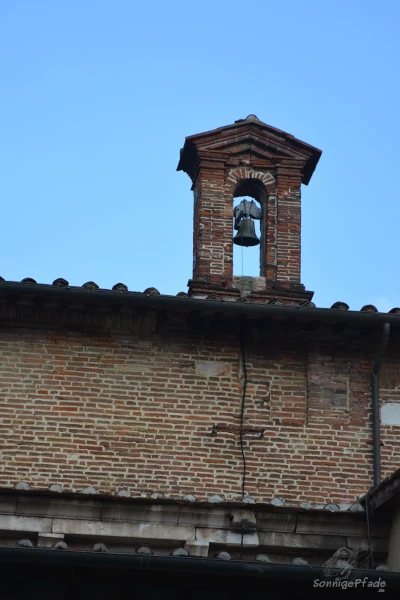
Already planning your Lucca trip? Invite your friends!
If this post made you want to visit Lucca, please share the link to the post on your social media channels! Thanks!
Note on advertising links
In the article are some links marked with * as „Affiliate – links“. If you follow these and order something from the linked agencies or online – stores, the „Sunny Paths“ blog receives a small commission to pay the operating expenses. Nothing will be more expensive for you, because the costs for the commission have already been taken into account in the pricing by the providers.



